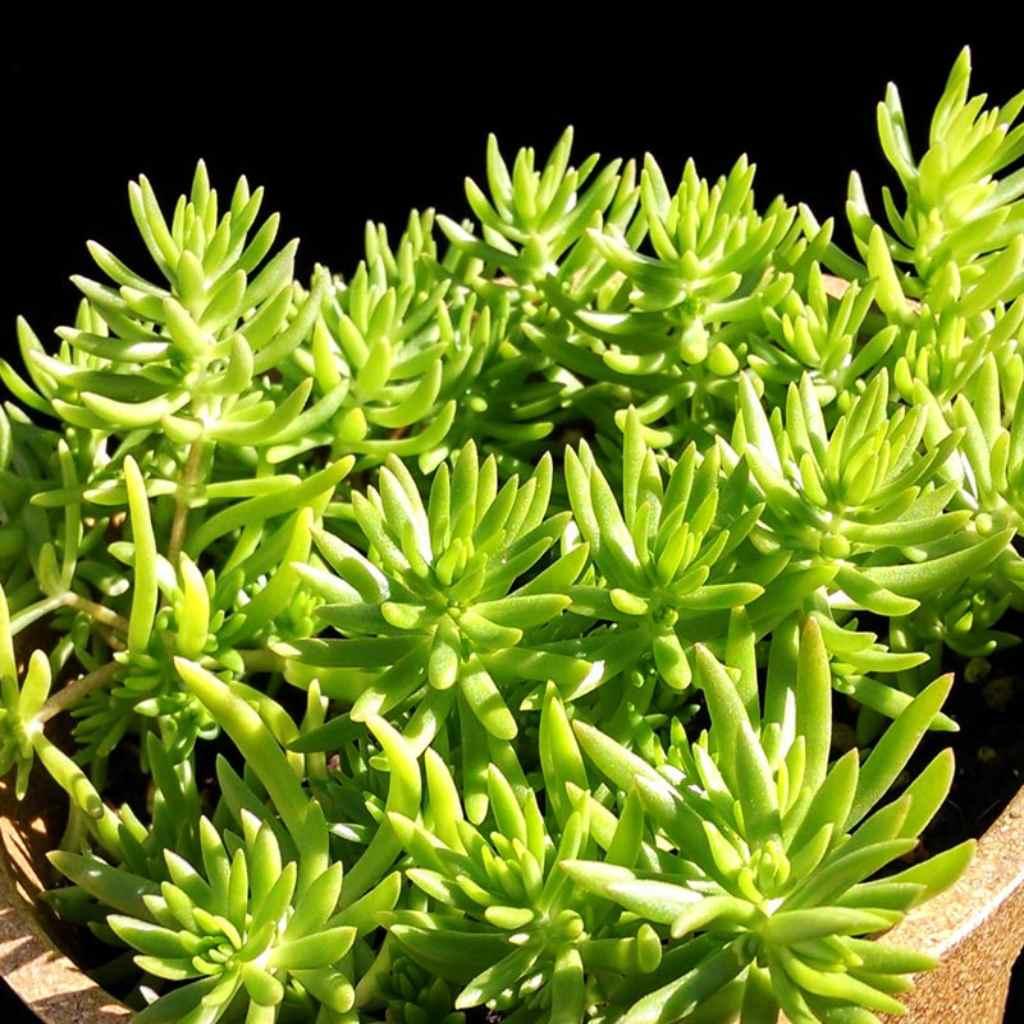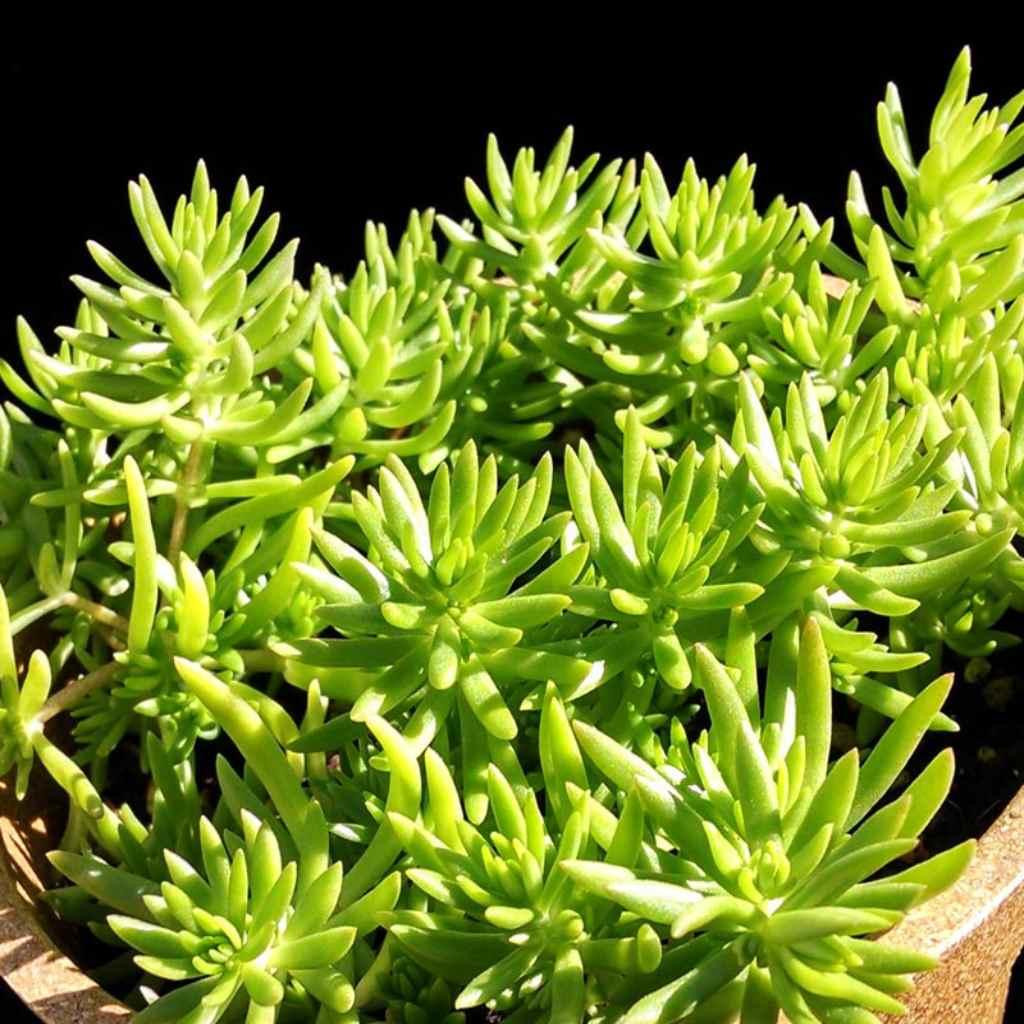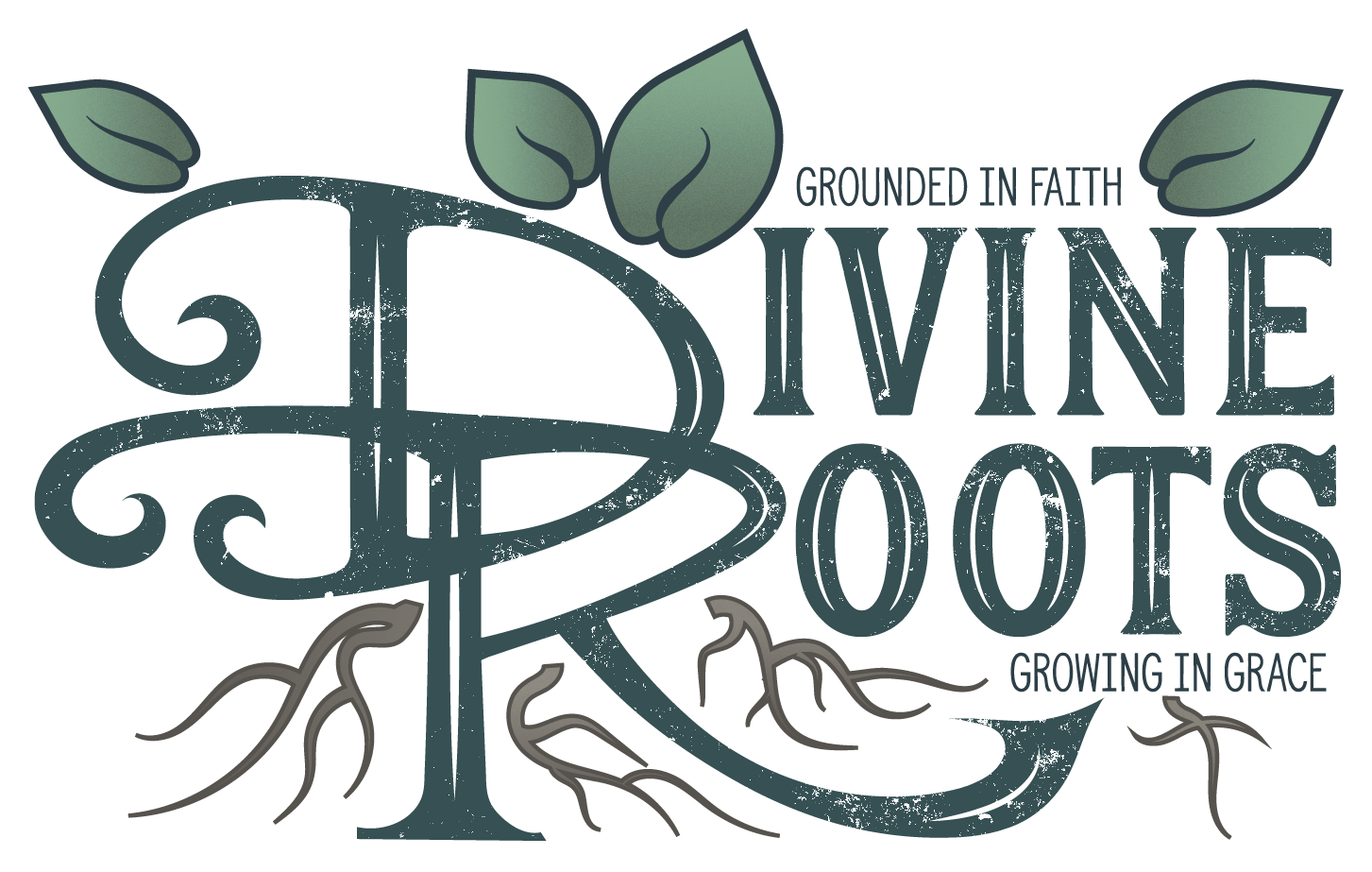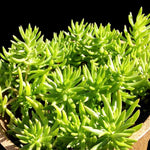
Sedum Rupestre Lemon Ball
$12.79
Unit price perEstimated delivery between 12 October and 14 October.
At Divine Root, we are committed to delivering healthy, high-quality indoor plants to our customers. While we do not accept returns due to the perishable nature of live plants, we offer a 30-day plant health guarantee and store credit for qualifying issues. Please read our Refund Policy carefully to understand how we handle concerns regarding plant health, shipping, and order

Lemon Ball Sedum Care Guide & Presentation
Pet Safe
Yes
Water Needs
Low
Sunlight
Full Sun
Hardiness Zones
3-9
Temperature
-30°F to 80°F
Suitable Space
Rock gardens, containers, ground cover
Humidity
Low
Plant Class
Sedum
Plant Type
Perennial
Plant Characteristics
Bright foliage
Genus
Sedum
Fertilizing
Once per season
Re-potting
3-4 Years
Cleaning
As needed
Propagation
Stem cuttings
Sedum Rupestre Lemon Ball: Overview
The Sedum Rupestre Lemon Ball, also known as Lemon Ball Stonecrop, is a vibrant, low-growing succulent prized for its bright chartreuse to lemon-yellow foliage. A cultivar of Sedum rupestre (syn.Sedum reflexum ), this hardy perennial features needle-like leaves arranged in dense, spruce-like rosettes. Native to rocky European landscapes, it thrives in poor, well-draining soils and forms a lush, spreading mat that reaches 4-6 inches tall and 12-18 inches wide.
In summer, it produces clusters of small, star-shaped yellow flowers that attract pollinators. Its cheerful foliage retains color year-round in mild climates, adding a burst of brightness to rock gardens, containers, or slopes. Compared to its relative Sedum reflexum Blue Spruce, the Lemon Ball stands out for its vivid yellow-green hue and slightly softer texture.
Sedum Lemon Ball: Benefits
- Drought-tolerant: Thrives in dry, nutrient-poor soils with minimal watering.
- Ground cover: Forms a dense, weed-suppressing carpet ideal for erosion control.
- Year-round color: Retains vibrant foliage in mild winters and cool summers.
- Pollinator-friendly: Yellow flowers attract bees and butterflies.
- Low maintenance: Requires no pruning or fertilizing once established.
Sedum Lemon Ball Care Guide
Light and Water
- Light: Prefers full sun (6+ hours daily) for optimal color. Tolerates partial shade but may turn greener.
- Water: Water sparingly only during prolonged droughts. Overwatering leads to root rot.
Soil and Fertilizing
- Soil: Thrives in sandy, gravelly, or rocky soils with excellent drainage. Avoid heavy, moisture-retentive mixes.
- Fertilizer: No fertilizer needed. Excess nutrients cause leggy growth.
Temperature and Humidity
- Temperature: Hardy in USDA zones 3-9. Tolerates frost, snow, and temperatures as low as -30°F (-34°C).
- Humidity: Adapts to dry and moderately humid climates.
Pruning, Propagating, and Repotting
- Pruning: Trim back leggy stems in spring to encourage bushiness. Remove spent flowers to prevent self-seeding.
- Propagating: Divide clumps in spring/fall or scatter stem cuttings on soil, roots easily without special care.
- Repotting: Rarely needed. Refresh container soil every 3-4 years if grown indoors.
Common Problems
- Root rot: Caused by overwatering or poor drainage. Plant in gritty soil.
- Aphids: Treat with insecticidal soap or neem oil.
- Faded color: Insufficient sunlight. Move to a sunnier location.
- Leggy growth: Due to excess shade or rich soil. Adjust conditions as needed.
Sedum Lemon Ball: Best Locations & Uses
- Rock gardens: Contrasts with dark-leaved succulents like Sempervivum and Sedum spurium
- Slopes and banks: Stabilizes soil with its mat-forming roots.
- Containers and hanging baskets: Add cascading texture to patio displays.
- Green roofs: Thrives in shallow, well-draining substrates.
- Pathways: Tolerates light foot traffic between pavers.


